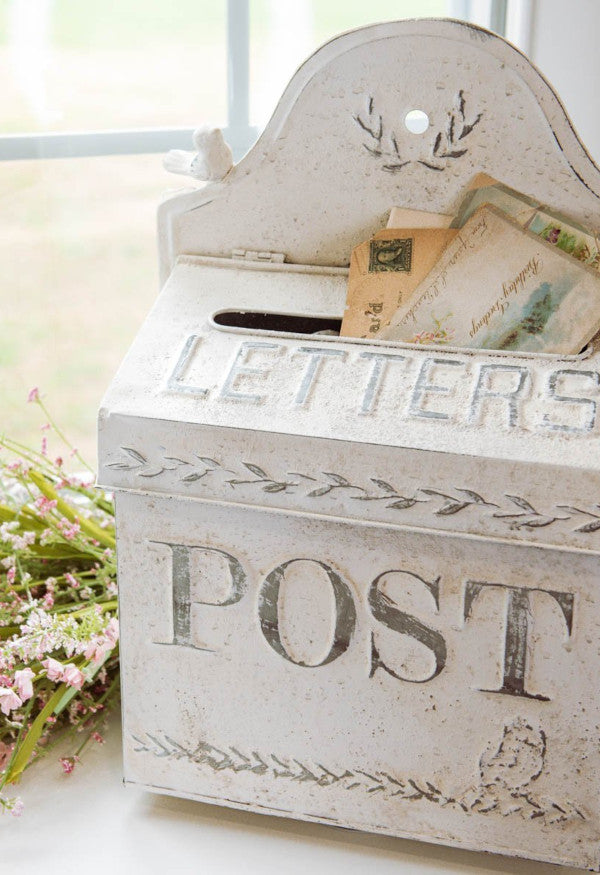Your Cart is Empty
Free Shipping on Orders $99+
Menu
-
- Decor
- Bed & Bath
- Furniture & Lighting
- Rugs
- Tabletop
- Storage
- Walls
- Gifts
- Kids
- Seasonal
- Sale
-
- (631) 567-0828
- Login
Free Shipping on Orders $99+

What are Corbels?
September 11, 2022 4 min read
Trying to learn more about corbels and their uses?
This article goes over what corbels are, the various materials that they're made out of, how you can utilize them for both decorative and structural purposes, and what makes them different from similar pieces of furniture.
Let's take a look.
What are corbels?
Corbels are wall decorations that stick out and form an upside down L. However, most corbels have carved-out patterns and curved corners that add to their shape and depth. In other words, they don’t look like a plain inverted L.
Corbels are usually placed on top of a wall or structure and right underneath the ceiling, cabinets, or kitchen countertops.
Not only do corbels come in various sizes, but they are also made from different types of materials.
What are corbels made from?
In general, corbels are made from either wood, metal, resin, or plastic. Here are the characteristics of each of these materials:
- Wood: If you are thinking about replacing corbels in your home or installing new ones, wood is a great material because it fits in with many decor styles and may be carved out and redesigned. Nonetheless, wood corbels are more expensive than those made from other materials, and they wear down relatively quickly (especially when placed outdoors).
- Metal: The same pros and cons of metal furniture apply to corbels. That is to say that metal corbels support a heavy weight load and can last for a long time on both the exteriors and interiors of your house, but you must regularly clean them and keep an eye out for rust (which could rapidly spread).
- Resin: While resin corbels aren’t designed for structural purposes, they still make for excellent decorations. In fact, those who appreciate the classic look of wooden corbels can get resin replicas at a much lower price.
- Plastic: Similarly, plastic corbels are mostly manufactured for decorative uses. They retain the designs of other materials (such as wood), yet plastic corbels are cheaper and more long lasting.
As you shop around for new corbels, think about how you plan on using them. This will help you pick the suitable material type.
What is the purpose of a corbel?
In short, a corbel may have a structural or a decorative purpose (or both).
Carry Weight
From a structural perspective, a corbel can play the role of a bracket by bearing the weight that's on top of it.
For example, wall corbels carry the weight of the rooms or areas that are above the ceiling. Meanwhile, kitchen corbels support cabinets and counters.
Design
Corbels are also commonly used to decorate the interior and exterior areas of a house or building. Many people appreciate how they add a classic and somewhat historical feel to the home or room.
After all, corbels have been popular for thousands of years, and they are found in ancient buildings in Rome, Athens, and across the world.
What is the difference between a bracket and a corbel?
Brackets tend to be thinner and smaller than corbels, and they support a much lighter weight load.
Corbels, on the other hand, come in different shapes and sizes, and they are more stylish and attractive-looking than brackets.
What is the difference between a cornice and a corbel?
Here are the aspects that differentiate corbels from cornices:
- Material: Most corbels are made from stone, wood, or metal, depending on whether they're structural or decorative.
- Style: Corbels stick out from the wall to support the ceiling, surface, bracket, or cornice that's above it. Cornices, on the other hand, are situated on top of a building or wall to finish or crown it with a projecting molding.
- Usage: Even though corbels are made for both decorative and structural purposes, cornices are primarily manufactured to enhance a building's design.
With that in mind, it goes without saying that corbels give you more flexibility than brackets and cornices in terms of where and why to place them in your home.
Where do you put corbels in your house?
Structural corbels are typically added when a home is initially built or at a later point by professionals. In other words, because these corbels support entire areas or sections in your house, installing them yourself may be risky.
However, you can hang up decorative corbels to improve your home's design and give it a unique accent. Here are a few places for you to put them:
- Below open shelves
- In the kitchen
- As bookends on bookshelves
- In a doorway
- Beneath the porch's ceiling
If you want to get creative, you might find other suitable locations to hang your corbels based on your tastes, preferences, the corbels' materials, and your home's color theme.
For that matter, you may even use certain decorative corbels for minor structural objectives, such as to carry the weight of a book shelf or to support a bracket or cornice.
Now that you know what corbels are and how you could utilize them, you can get the type that fits your desired purpose, blends well with your home's decor, and lives with you for many years.
Leave a comment
Comments will be approved before showing up.
Newsletter
Sign up to get the latest on sales, new products and more …
and receive 10% off your first order!

Hello There!
Let's keep in touch! Never be the last to know about our new arrivals, sales and promotions!